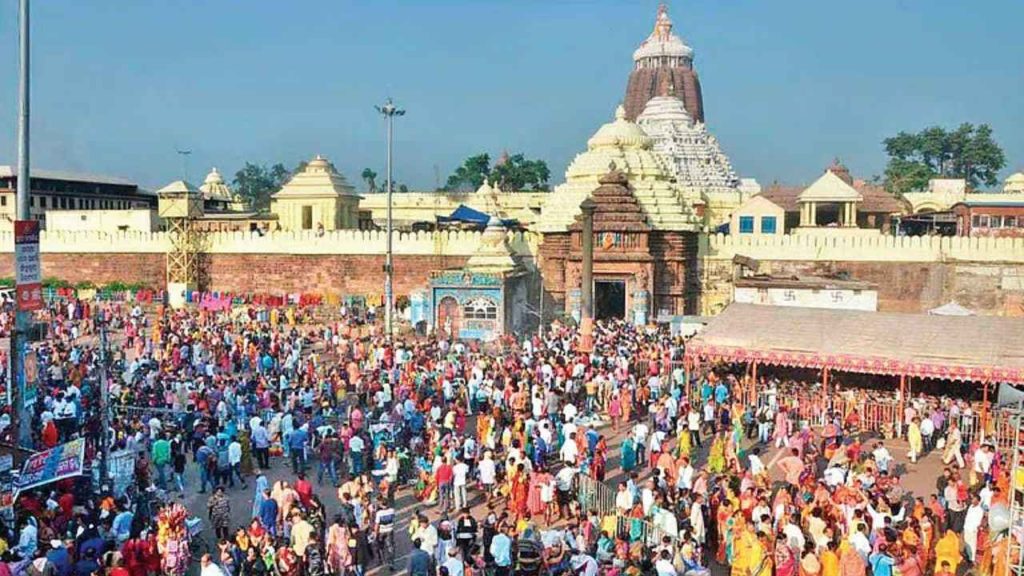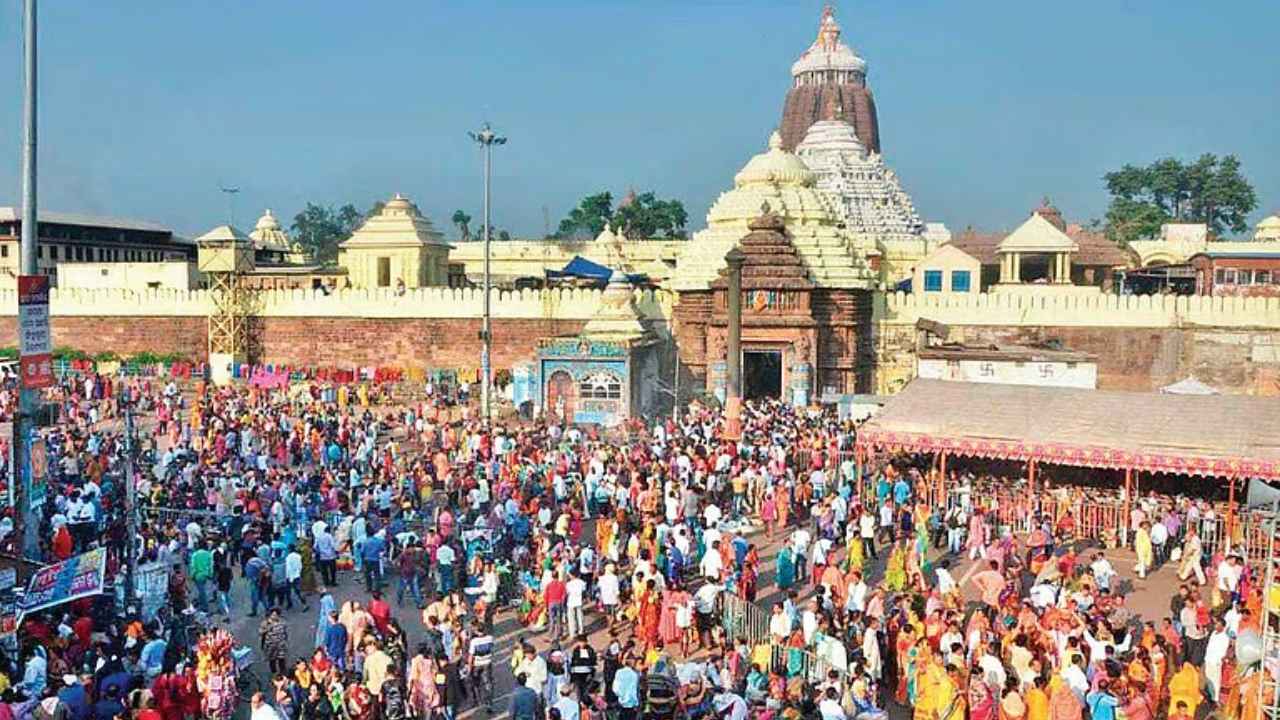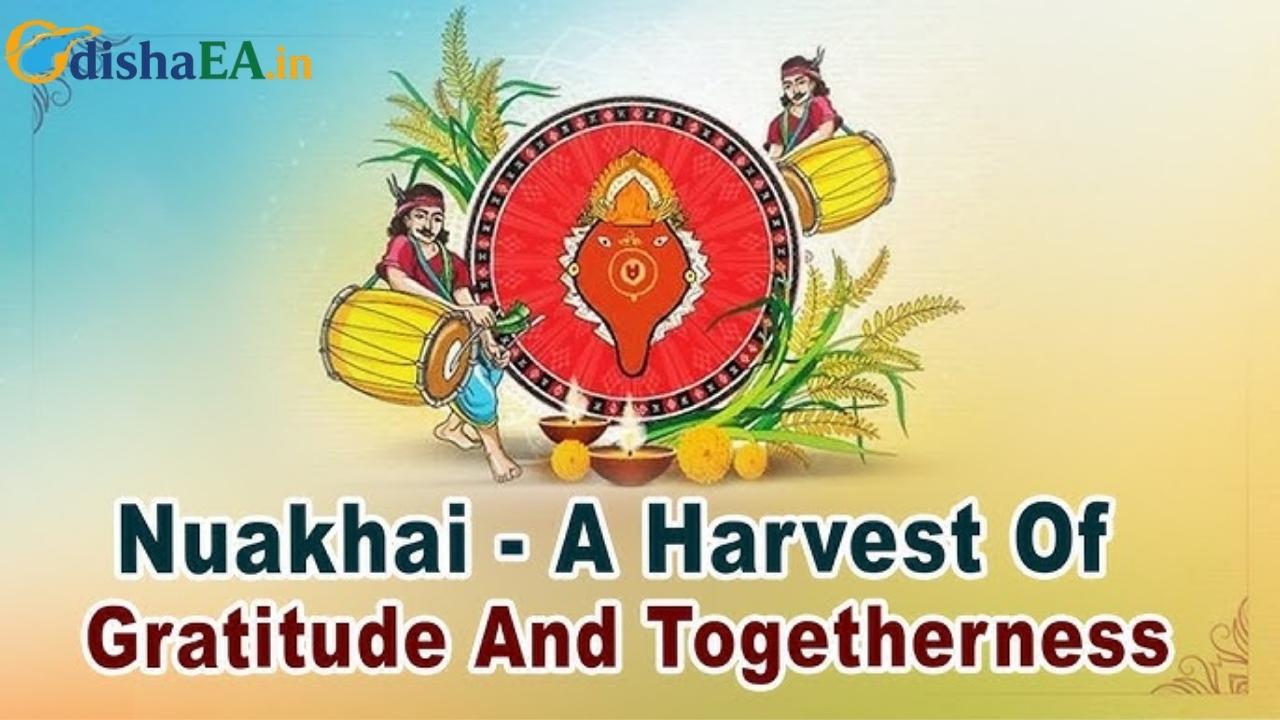The government of Odisha is taking a bold and strategic step to safeguard the traditional practices and rituals associated with the Jagannath Temple in Puri. This move has sparked conversation and concern across India, especially in light of concerns over unauthorized celebrations and misrepresentation of one of the country’s most revered and ancient religious traditions. So, what does it all mean? Let’s break it down.
The Jagannath Temple in Puri is not just a religious site; it’s a cultural and spiritual epicenter for millions of devotees around the world. Its rituals, such as the Rath Yatra and Snan Yatra, have been carried out for centuries. However, in recent years, some of these sacred traditions have come under threat. With ISKCON (International Society for Krishna Consciousness) and other institutions holding celebrations on dates different from the ones traditionally observed in Puri, concerns about authenticity and respect for the ancient customs have grown.
Moreover, a new controversy surrounding the Jagannath Dham in Digha, West Bengal, further added to the debate. Critics argue that sacred materials from Puri—such as the divine Daru wood used in the temple’s idol-making process—are being used improperly for idol creation in places outside the traditional site. To preserve the sanctity of these practices, the Odisha government is exploring ways to copyright and trademark these rituals and associated terms.

In essence, Odisha is fighting for the exclusive rights to the Jagannath rituals in order to prevent misrepresentation, commercial misuse, and any dilution of these deeply important practices.
Odisha Aims to Secure Exclusive Rights
| Key Aspect | Details |
|---|---|
| Issue at Hand | Protection of sacred rituals at the Jagannath Temple in Puri through copyrights and trademarks. |
| Main Concern | Misrepresentation of Jagannath rituals by unauthorized groups and entities, particularly ISKCON. |
| Recent Controversy | Use of sacred Daru wood from Puri for idol making in Digha, West Bengal, sparking objections. |
| Proposed Solution | Odisha government seeks to trademark terms like “Jagannath Dham,” “Mahaprasad,” and “Snan Yatra.” |
| Legal Actions | Consultation with legal experts to explore the possibility of copyrighting rituals and overseeing authenticity. |
| Broader Impact | Aim to preserve cultural and religious heritage, preventing commercial exploitation and dilution. |
| Further Reference | Economic Times article on the copyrighting effort |
The Odisha government’s initiative to secure exclusive rights over the Jagannath Temple rituals is a critical step in protecting one of India’s most sacred traditions. By copyrighting and trademarking these rituals, the state aims to preserve the authenticity and sanctity of these ancient practices. Whether this will spark broader discussions around cultural protection or inspire similar moves in other regions remains to be seen. However, it is clear that preserving cultural heritage is essential to maintaining the spiritual and traditional fabric that makes our world unique.
The Significance of the Jagannath Temple Rituals
Before we dive into the finer points, let’s take a moment to understand just why these rituals are so significant. The Jagannath Temple is one of the most revered religious sites in India. The temple honors Lord Jagannath, a form of Lord Krishna, and it attracts millions of devotees each year. The temple’s rituals, which have been practiced for over a thousand years, are considered sacred expressions of devotion. Rath Yatra, where the idols of Lord Jagannath, his brother Balabhadra, and sister Subhadra are taken out in grand chariots through the streets of Puri, is a massive event watched by millions worldwide.
The Mahaprasad (holy food) served at the temple is also integral to the rituals. This food is prepared in a manner unique to the temple, with strict adherence to time-honored practices that have remained unchanged for centuries.
Why the Copyright Effort?
The Odisha government believes that copyrighting the rituals and the terms associated with them will help maintain their authenticity. Without this, there is a growing concern that the rituals may be altered, diluted, or misrepresented, especially by organizations or groups that do not follow the traditional practices.
ISKCON, for example, has come under scrutiny for celebrating events like the Rath Yatra on dates that do not match those observed in Puri. While the group is well-meaning and has millions of followers worldwide, the Odisha government is concerned that deviations from the traditional practices could create confusion and misrepresentation of sacred rituals.
Another part of the issue stems from the Digha controversy. The West Bengal government inaugurated a Jagannath Dham in Digha, where sacred Daru wood from the Jagannath Temple in Puri was allegedly used for making idols. The government of Odisha strongly opposes this, claiming that such sacred materials should only be used within the Puri temple complex. This controversy has brought to light the larger issue of preserving the cultural integrity of the Jagannath rituals.
Legal Action and Practical Advice
In order to address these concerns, the Odisha government is taking several key steps, including consulting legal experts on the possibility of copyrighting these rituals and seeking to update the Shree Jagannath Temple Managing Committee to ensure that all activities related to the temple are properly overseen and adhere to traditional practices.
Here are some steps you can follow if you’re in the legal profession or are interested in this topic:
- Understand the Rituals: First, get a thorough understanding of the cultural and religious significance of the rituals at Jagannath Temple. This will form the basis of any legal action or recommendation.
- Study Precedents: Look into other instances where rituals or traditional practices have been copyrighted or trademarked. This will give insight into how to approach this issue.
- Consult Experts: The Odisha government is working with legal experts. It’s crucial to consult intellectual property attorneys and religious scholars to balance legal considerations with cultural sensitivity.
- Trademarking: The Odisha government has also discussed the possibility of trademarking certain terms, such as “Jagannath Dham” and “Mahaprasad.” This step would prevent unauthorized use of these sacred terms by non-affiliated groups.
- Strengthening Oversight: The state is also considering updating the management structure of the Jagannath Temple to ensure a more robust and transparent way of monitoring rituals and celebrations.
Example of Protecting Traditions
To put things into context, similar efforts have been made by other regions to protect cultural practices. For example, the Mexican government has worked to protect its traditional tequila-making process through the use of geographical indications (GI) and trademarks. Just as tequila is protected under the GI system, rituals tied to the Jagannath Temple could be protected in a similar manner.
Adani Foundation’s ‘Prasad Seva’ Feeds Millions During Jagannath Rath Yatra
Police Van in Odisha Carrying 22 Officers Meets Accident on Return from Rath Yatra
Upcoming Coal Mines in Sundargarh to Significantly Increase State Revenue
FAQs
Why is the Odisha government taking this step now?
The Odisha government is responding to growing concerns over the misrepresentation of Jagannath rituals by non-traditional groups and the use of sacred materials from Puri in unauthorized locations. Protecting these rituals helps ensure that they remain authentic.
What are the risks of not protecting the Jagannath rituals?
Without protection, there is a risk that the traditions and rituals of the Jagannath Temple may be altered or commercialized. This could result in confusion among followers and potentially erode the cultural and religious significance of these practices.
How can copyrighting and trademarking help?
Copyrighting and trademarking will help ensure that only authorized groups can perform these rituals and use specific terms associated with the temple, thus protecting the authenticity and sanctity of the practices.
Is this a common practice?
Copyrighting rituals and trademarking religious terms is not very common, but it has been done in other areas, such as with Geographical Indications (GI) for Tequila in Mexico or Champagne in France, which helps preserve the cultural heritage tied to specific regions.





